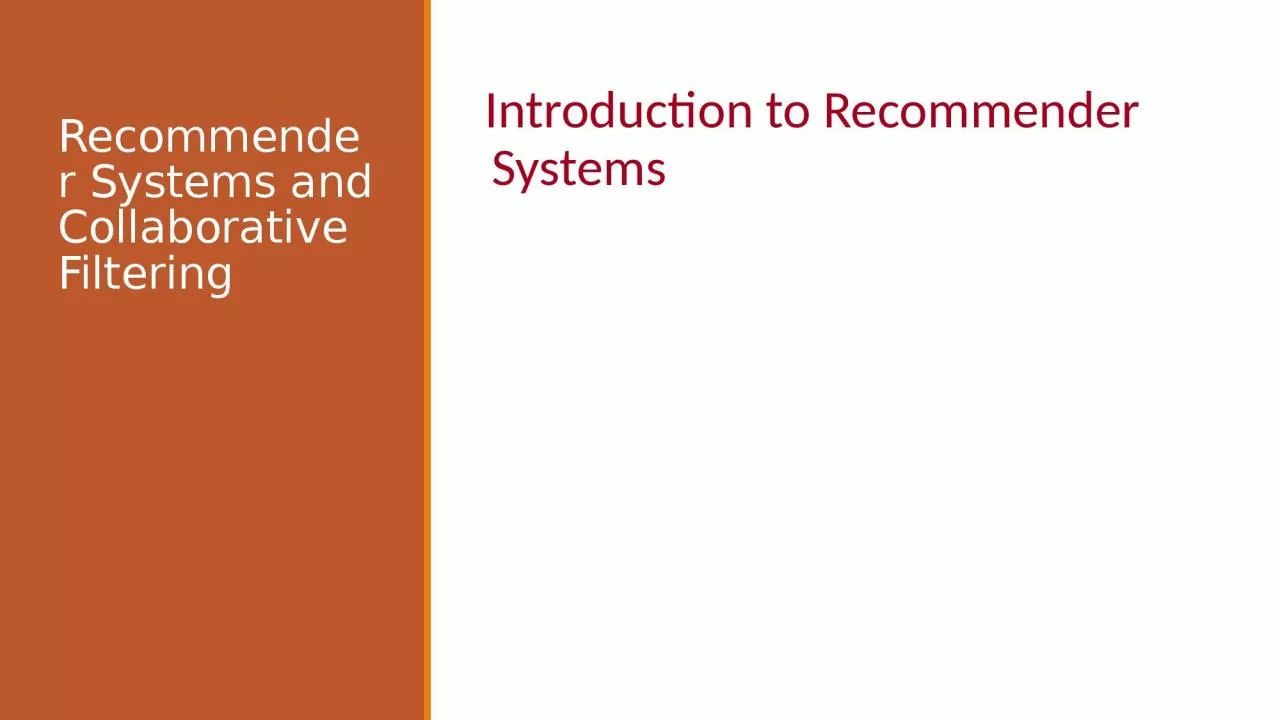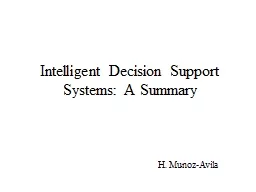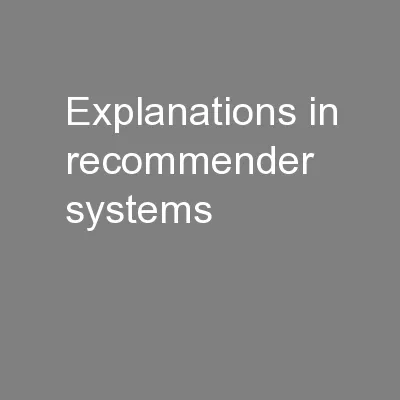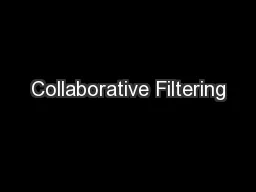PPT-Recommender Systems and Collaborative Filtering
Author : eliza | Published Date : 2023-10-29
Introduction to Recommender Systems Recommender systems The task Customer W 2 Slides adapted from Jure Leskovec Plays an Ella Fitzgerald song What should we recommend
Presentation Embed Code
Download Presentation
Download Presentation The PPT/PDF document "Recommender Systems and Collaborative Fi..." is the property of its rightful owner. Permission is granted to download and print the materials on this website for personal, non-commercial use only, and to display it on your personal computer provided you do not modify the materials and that you retain all copyright notices contained in the materials. By downloading content from our website, you accept the terms of this agreement.
Recommender Systems and Collaborative Filtering: Transcript
Download Rules Of Document
"Recommender Systems and Collaborative Filtering"The content belongs to its owner. You may download and print it for personal use, without modification, and keep all copyright notices. By downloading, you agree to these terms.
Related Documents














